13 Wildlife Trips Where You Can Spot Endangered Species
Wildlife enthusiasts often dream of seeing endangered species in their natural habitats. There is something truly special about witnessing these animals in the wild, where they roam freely. Whether it is the dense jungles or the vast savannas, there are places around the world where these rare creatures thrive. If you are passionate about conservation, these wildlife adventures offer an opportunity to observe them up close.
This post may contain affiliate links, which helps keep this content free. Please read our disclosure for more info.
The Galápagos Islands, Ecuador
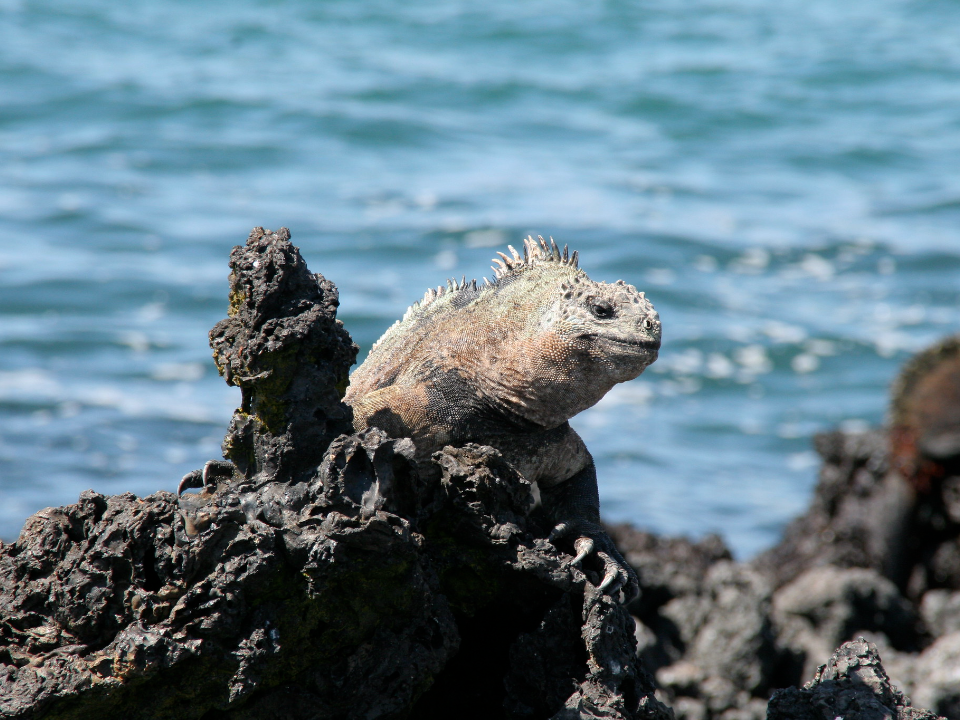
The Galápagos Islands are famous for their unique ecosystems and diverse wildlife, many of which are endangered. Visitors can expect to encounter the Galápagos tortoises, which are critically endangered, as well as the flightless cormorant and the endangered marine iguana. A guided tour through the islands offers an educational experience about the importance of preserving these species.
Tours are available to explore the islands by foot, boat, and even snorkeling to get up close to marine life. The Galápagos is also known for its conservation efforts, which help sustain the fragile balance of life here. Many tours offer eco-friendly practices to ensure minimal impact on the environment. Whether hiking along volcanic craters or kayaking through crystal-clear waters, the Galápagos offers a once-in-a-lifetime adventure to see rare species.
Bwindi Impenetrable Forest, Uganda
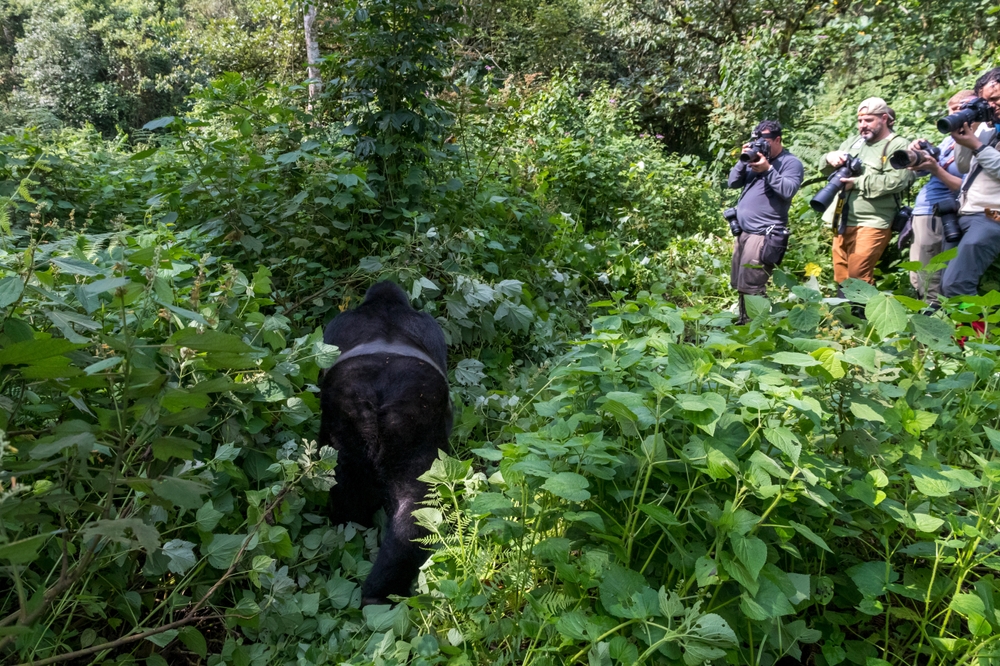
Bwindi Impenetrable Forest is a UNESCO World Heritage Site, home to half of the world’s remaining mountain gorillas. The opportunity to trek through dense forest to see these majestic creatures is one of the most sought-after wildlife experiences. A guided trek through the forest gives you a chance to observe the gorillas in their natural environment, along with other wildlife like forest elephants and various bird species.
The trek is challenging, but the reward is well worth the effort. Trekkers are guided by experienced rangers who ensure both safety and minimal disturbance to the gorillas. As part of the local conservation efforts, the fees paid by visitors help fund protection programs for these incredible animals. Visitors to Bwindi can also learn about the local Batwa people and their deep connection to the forest.
Kangaroo Island, Australia
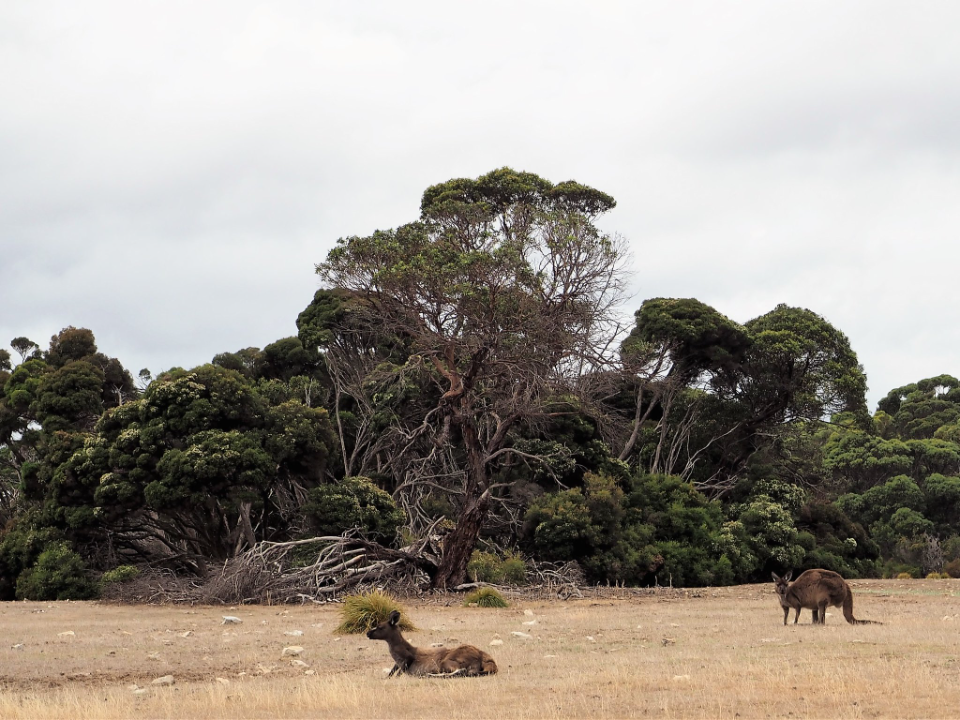
Kangaroo Island offers a unique opportunity to encounter Australian wildlife in its natural habitat. The island is home to endangered species such as the Kangaroo Island koala and the glossy black cockatoo. The island’s diverse environments, from its rugged cliffs to serene beaches, provide the perfect backdrop for wildlife spotting.
Known for its commitment to conservation, Kangaroo Island provides an ideal environment for endangered species to thrive. The island is less commercialized than other Australian destinations, allowing for more intimate wildlife experiences. Visitors can hike along nature trails or take a 4WD tour to explore the island’s secluded corners. The combination of pristine beaches and lush forests creates a natural haven for many rare species.
Jungle Safari in Chobe National Park, Botswana
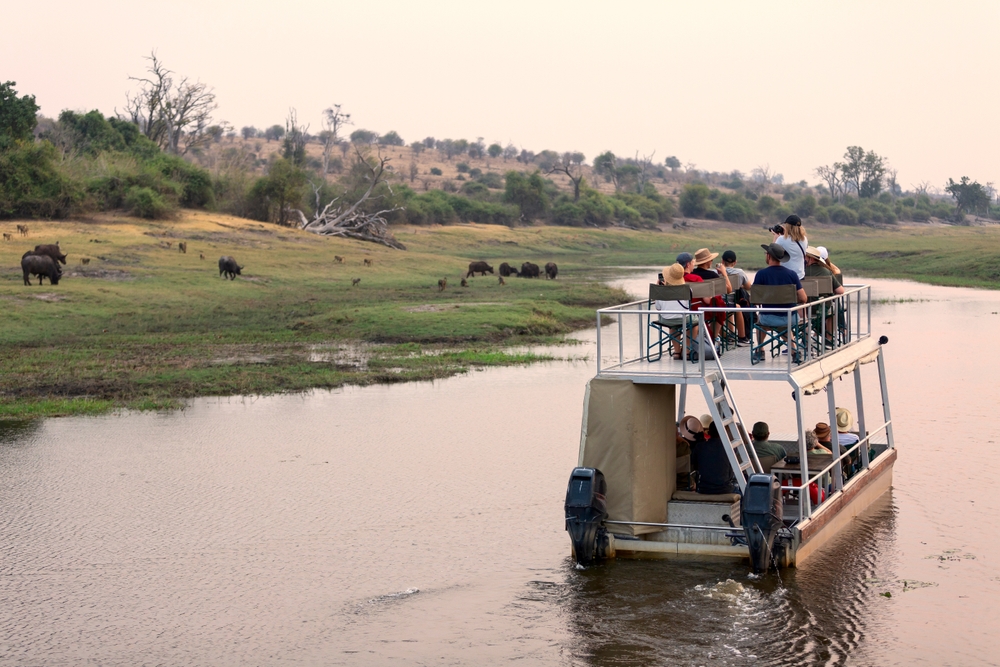
Chobe National Park is renowned for its large population of elephants, with over 120,000 residing in the park. It is also home to endangered species such as the African wild dog, leopard, and cheetah. A safari in Chobe offers the chance to see these incredible animals in the wild, with game drives and boat cruises providing different perspectives of the park. The Chobe River is especially popular for its water-based safaris, where you can spot elephants drinking and bathing.
The park’s diverse ecosystems—from woodlands to riverine forests—allow visitors to encounter a wide range of wildlife. As part of Botswana’s commitment to conservation, Chobe plays a crucial role in protecting endangered species. Safaris in the area are guided by knowledgeable experts who provide insights into the behaviors and protection of these animals. For wildlife lovers, Chobe offers a chance to experience Africa’s best wildlife adventure.
Yellowstone National Park, USA
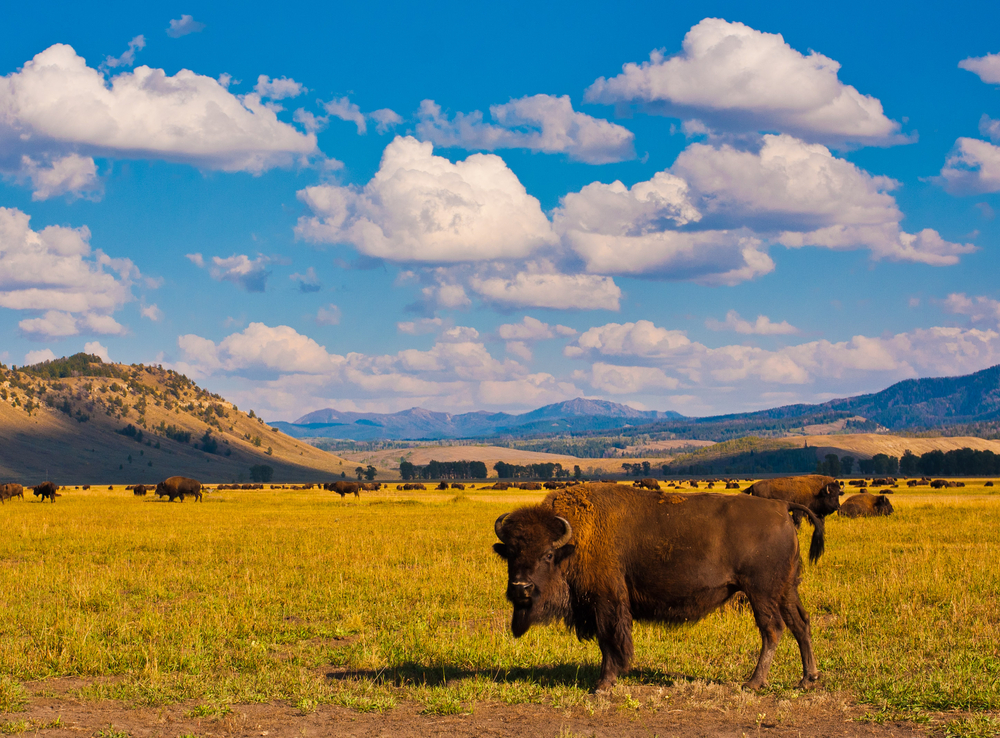
Yellowstone National Park is home to numerous endangered species, including the gray wolf, grizzly bear, and bison. The park’s vast landscapes provide opportunities to encounter these animals in their natural habitats. Yellowstone’s diverse ecosystems, from geothermal areas to lush forests, create ideal conditions for observing both common and rare wildlife. Visitors can explore the park through hiking, wildlife watching tours, or scenic drives.
Wildlife enthusiasts can learn about the park’s efforts to protect its endangered species, such as the Yellowstone Wolf Project. The return of the gray wolf to the park after being reintroduced has been a major conservation success. Yellowstone offers a unique mix of wildlife adventure, geological wonders, and environmental education. Whether you are in the Lamar Valley or the Hayden Valley, every corner of the park offers a new wildlife discovery.
Kruger National Park, South Africa
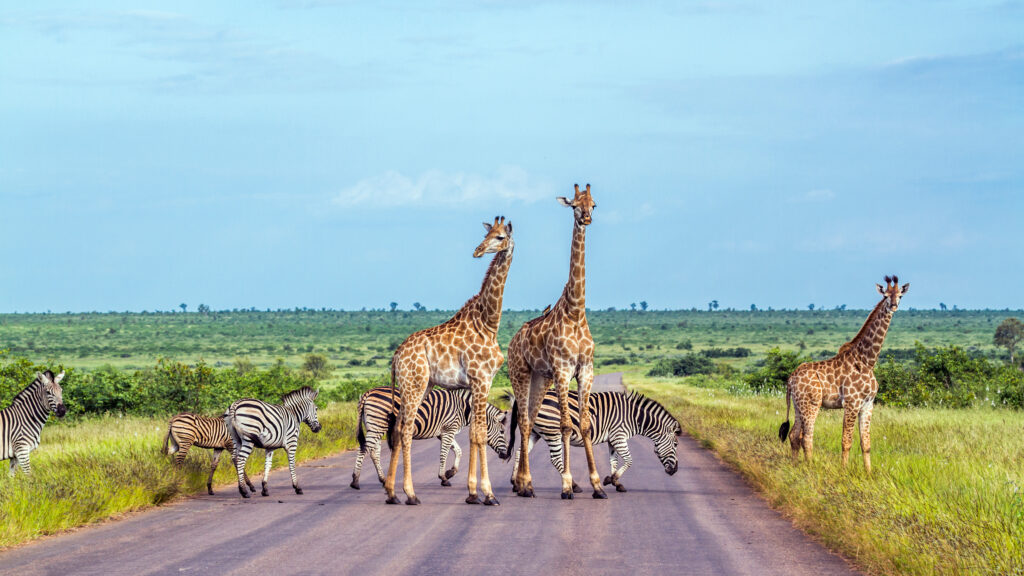
Kruger National Park is one of Africa’s largest and most famous game reserves, known for its impressive diversity of wildlife. The park is home to the Big Five—lion, leopard, elephant, rhinoceros, and buffalo—as well as endangered species like the cheetah and wild dog. Visitors can enjoy safaris in open vehicles, guided bush walks, or even a night drive to spot nocturnal creatures. Kruger offers both self-drive and guided safari options, making it accessible to a wide range of travelers.
The park’s extensive conservation efforts focus on protecting endangered species and their habitats. Kruger’s rich ecosystem supports a variety of endangered flora and fauna, making it an essential stop for wildlife lovers. Visitors can also stay in comfortable lodges or camps within the park, offering an immersive experience.
Tierra del Fuego National Park, Argentina
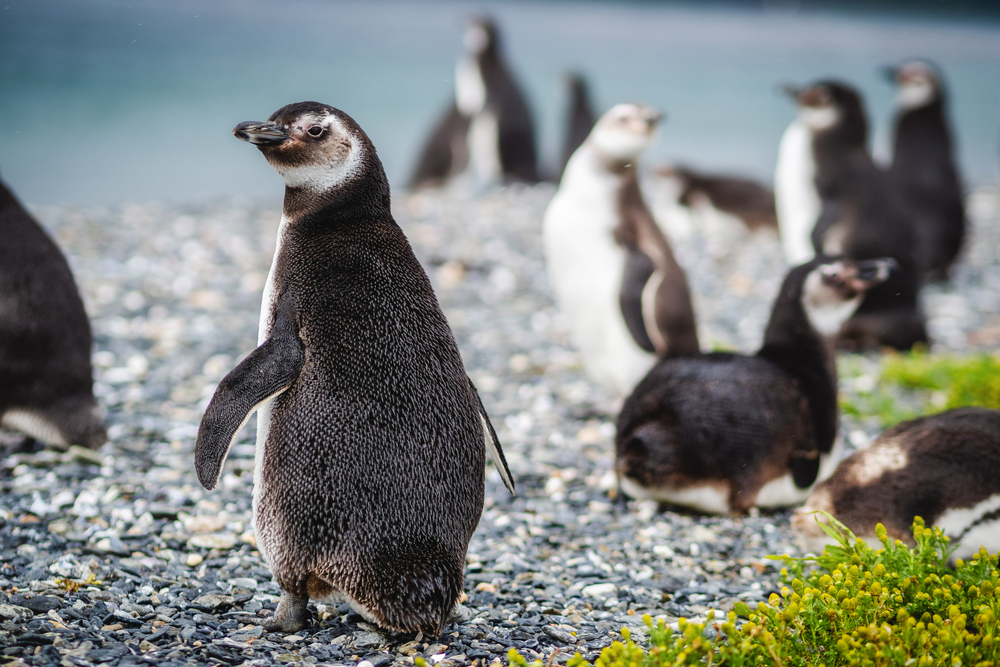
Tierra del Fuego National Park is located at the southern tip of Argentina and offers an incredible wildlife adventure. This park is home to the endangered southern river otter, as well as guanacos and Andean condors. With its rugged, windswept landscapes and coastal views, Tierra del Fuego is a paradise for nature lovers. Visitors can explore the park by hiking along trails or taking boat rides along the Beagle Channel.
The park is a key location for observing the region’s unique wildlife in a pristine, protected environment. The Southern Patagonian Ice Field also provides a dramatic backdrop, making wildlife watching here even more spectacular. Tierra del Fuego is less crowded than other Argentine destinations, providing a more serene adventure. The park’s commitment to preserving its endangered species adds to the significance of any visit.
Sundarbans National Park, India/Bangladesh
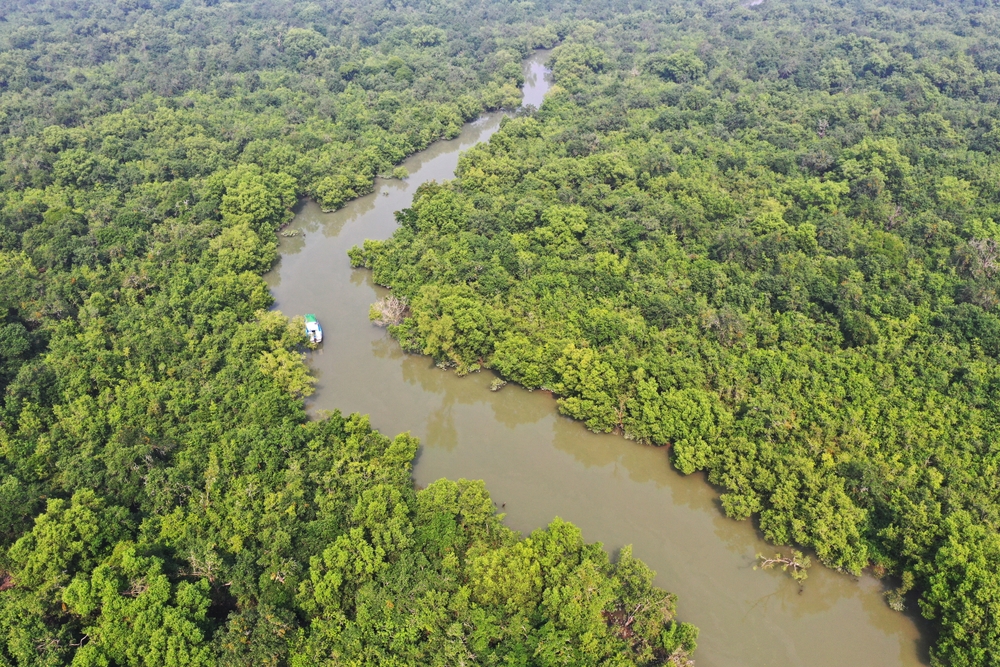
The Sundarbans is the largest mangrove forest in the world and a critical habitat for the endangered Bengal tiger. This UNESCO World Heritage Site is home to a variety of endangered species, including the saltwater crocodile, spotted deer, and various species of birds. Boat tours through the dense mangrove forests offer a rare opportunity to spot these elusive creatures.
The Bengal tiger, which is often spotted in the forest, is the primary reason many wildlife enthusiasts visit. The park’s complex ecosystem supports a variety of endangered species, making it an important site for conservation efforts. Visitors can take guided tours to ensure minimal disturbance to the wildlife. The Sundarbans offer a truly unique adventure to those interested in seeing endangered species up close in one of the most ecologically significant areas of the world.
Ranthambhore National Park, India
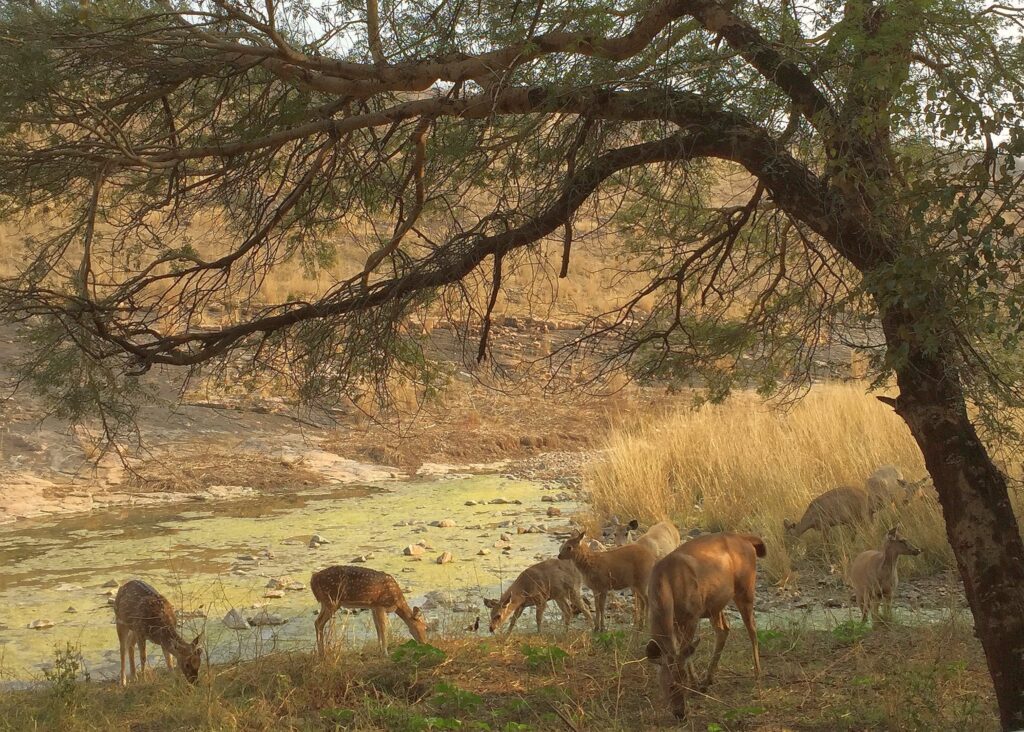
Ranthambhore National Park is one of the best places to see the elusive Bengal tiger in the wild. The park is famous for its tiger sightings, with a large population residing within its boundaries. Other endangered species in the park include leopards, sloth bears, and Indian wolves. Visitors can take safari tours through the park’s rugged terrain, which includes dense forests and open grasslands, providing excellent wildlife viewing opportunities.
The park is a part of India’s conservation efforts to protect the Bengal tiger, and it plays a key role in the success of Project Tiger. Ranthambhore’s wildlife population is well-monitored by park rangers, and visitors are encouraged to respect the animals’ natural behaviors. With luxurious resorts nearby, travelers can enjoy a comfortable stay while exploring one of India’s most famous wildlife destinations.
Pantanal, Brazil
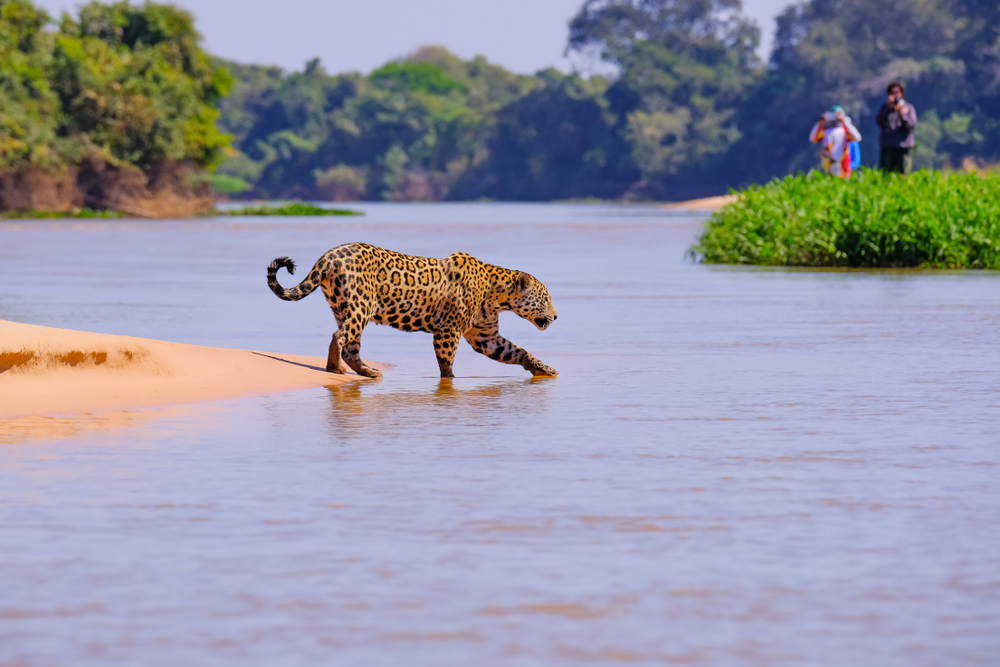
The Pantanal is the world’s largest tropical wetland, located in Brazil, and it is one of the best places to encounter endangered species like the jaguar and giant river otter. The region is rich in biodiversity, hosting thousands of bird species, including the endangered hyacinth macaw. Visitors can explore the Pantanal by boat, on horseback, or through hiking trails, providing unique ways to spot wildlife. The wetland’s vast network of rivers and lakes attracts both resident and migratory species.
Conservation programs in the Pantanal focus on protecting endangered wildlife and their habitats. The wetland offers unparalleled opportunities for bird watching and animal tracking, especially for the elusive jaguar. Because the area is remote, tourism here is relatively sustainable, with operators focused on eco-friendly practices. A visit to the Pantanal guarantees sightings of some of the most endangered and elusive creatures in South America.
Gorongosa National Park, Mozambique
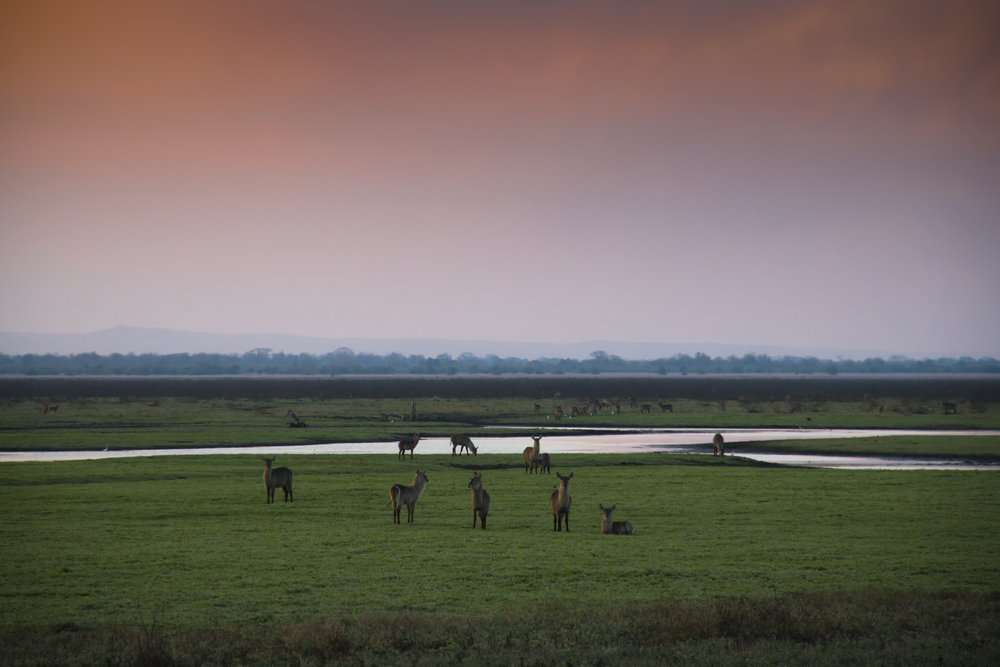
Gorongosa National Park is located in central Mozambique and is one of Africa’s most successful wildlife conservation stories. The park is home to a variety of endangered species, including elephants, lions, and wild dogs. Gorongosa’s diverse ecosystems, which range from savannas to rainforests, provide an excellent opportunity to spot these species in their natural environment. Guided safaris through the park allow for both land and water-based wildlife watching.
Conservation programs in Gorongosa have been instrumental in restoring populations of several endangered species. The park’s efforts have made it one of the most important locations for wildlife conservation in Africa. Visitors can also take part in educational tours to learn about the park’s restoration and the impact of eco-tourism on the local community.
Namibian Desert, Namibia
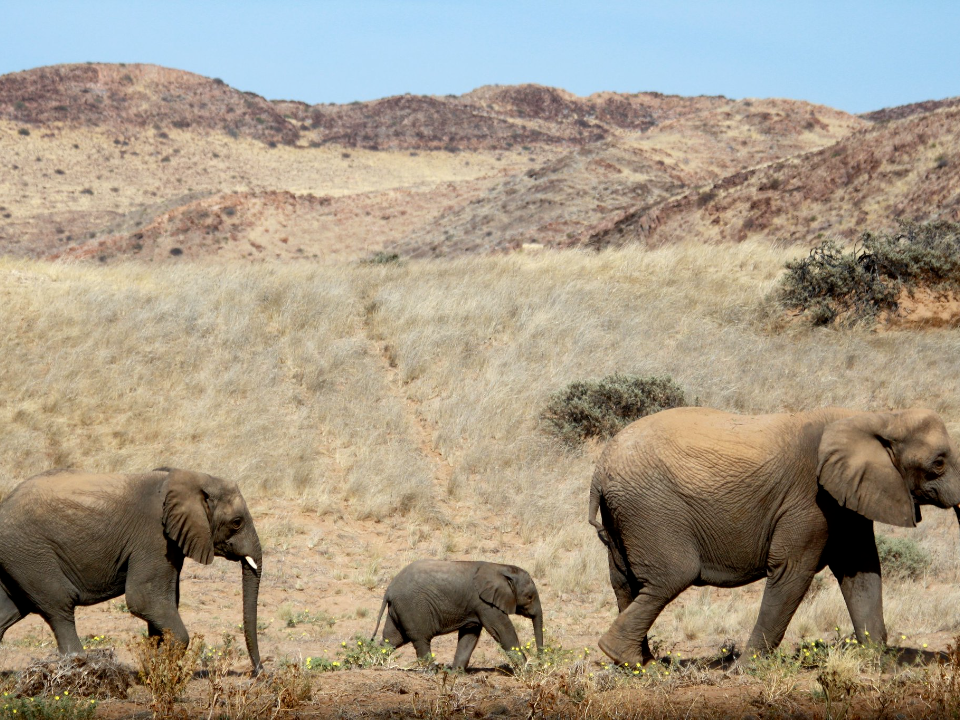
The Namibian Desert is home to the endangered desert-adapted elephants, a unique group that has adapted to the harsh desert environment. Visitors to the Namibian Desert can embark on guided desert safaris to encounter these rare elephants, as well as other species like the black rhino and springbok. The stark beauty of the desert, with its towering dunes and salt pans, provides a striking backdrop for wildlife watching.
The desert-adapted elephants are an iconic example of nature’s ability to evolve in extreme conditions. Tourism in Namibia is essential for funding conservation projects aimed at protecting these desert species. Travelers will also have the chance to visit the UNESCO-listed Namib-Naukluft Park, which offers a truly unique wildlife experience. The Namibian Desert is perfect for those seeking an adventurous and educational trip to see endangered species in the wild.
Madagascar’s Rainforests, Madagascar
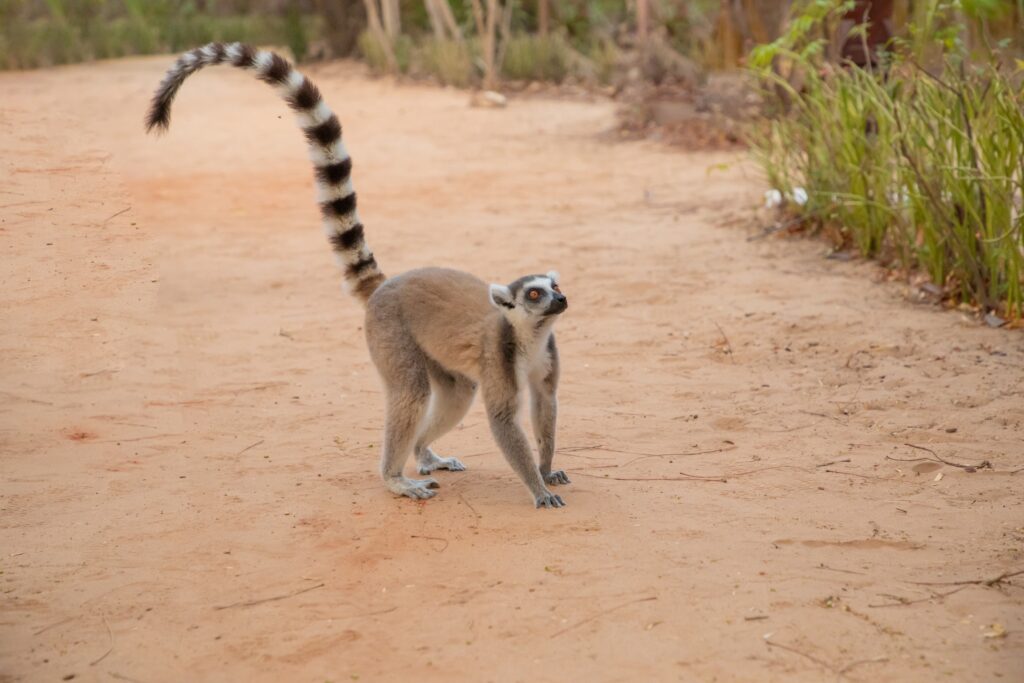
Madagascar’s rainforests are home to some of the world’s most unique and endangered species, including lemurs and the fossa. A trip to Madagascar provides an incredible opportunity to observe these rare creatures in their natural habitats. Guided tours through the rainforests allow travelers to spot different species of lemurs, chameleons, and colorful birds.
The island’s rainforests are vital to the survival of many endangered animals. Madagascar’s government, along with international conservation organizations, works to protect the habitats of these species. Visitors can engage in eco-tourism practices to help support these efforts. Madagascar’s diverse ecosystems, from rainforests to dry forests, provide a wide range of experiences for wildlife lovers.
This article originally appeared on Avocadu.
